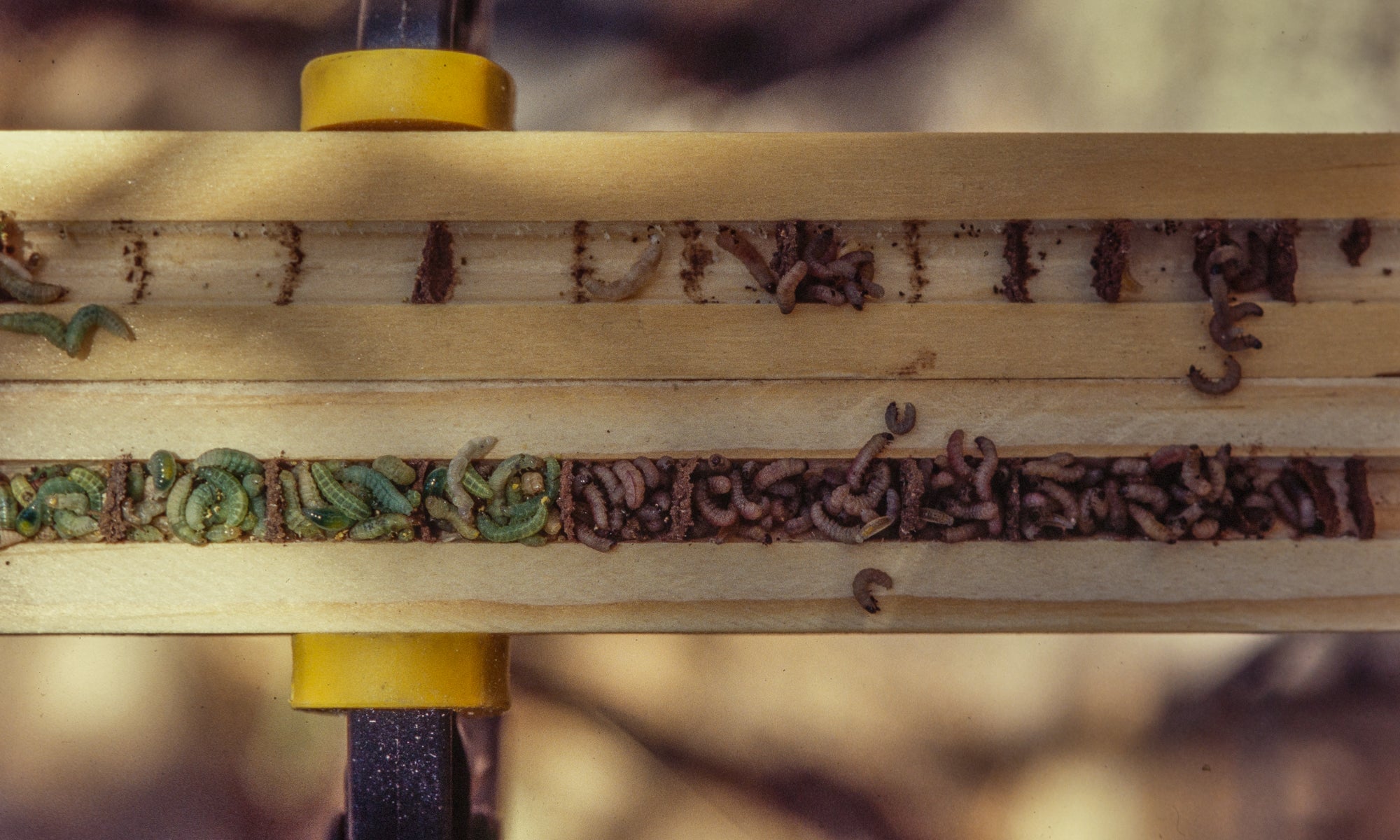About me
I grew up in Missoula, MT, where I became interested in the field of ecology in high school. I helped develop a research project on Steller’s jay alarm calling and predator avoidance that sparked my passion for ecology as a way to understand the natural world. As an undergraduate, I attended Stanford University, where I majored in ecology and evolutionary biology. At Stanford, I researched resource partitioning in a native California ant community, drought and pollinator network structure in the Colorado Rockies, and bird biodiversity and ecotourism in Costa Rica. After graduating I spent a year as a lab technician at Princeton University working on a project connecting rapid evolution to coexistence in two fruit fly species. Outside of my research interests, I enjoy hiking, cooking and baking, and playing racquetball.
Research
I am broadly interested in how climate change is altering interactions between different species, as a result of phenological shifts, temperature extremes, or changes in precipitation. Currently, I’m researching how interacting temperature and precipitation cues may impact the timing match/mismatch between western monarch migration and milkweed availability, using a series of field sites in the Central Valley and California Coast Range. I’m also working on an ongoing project using citizen science photos to examine the phenology of different native California milkweed species across their ranges.
Contact
Population Biology Graduate Group
Department of Entomology and Nematology
Briggs Hall 380K
University of California, Davis
Davis, CA 95616 USA
Fellowships and Awards
2022 Henry A. Jastro Graduate Research Award ($2,250)
2021 Henry A. Jastro Graduate Research Award ($3,000)
2021 Maurer-Timm Student Research Grant ($1500)
2020 National Science Foundation (NSF) Graduate Research Fellowship (GRFP)
2020 Dean’s Distinguished Graduate Fellowship ($32,000)
Publications
Nelson, R. A., D. J. MacArthur-Waltz, and D. M. Gordon. 2023. Critical thermal limits and temperature-dependent walking speed may mediate coexistence between the native winter ant (Prenolepis imparis) and the invasive Argentine ant (Linepithema humile). Journal of Thermal Biology 111:103392. link
Echeverri, A., J. R. Smith, D. MacArthur-Waltz, K. S. Lauck, C. B. Anderson, R. Monge Vargas, I. Alvarado Quesada, S. A. Wood, R. Chaplin-Kramer, and G. C. Daily. 2022. Biodiversity and infrastructure interact to drive tourism to and within Costa Rica. Proceedings of the National Academy of Sciences 119:e2107662119. link
MacArthur-Waltz, D. J., R. A. Nelson, G. Lee, and D. M. Gordon. 2021. Tree Preference and Temporal Activity Patterns for a Native Ant Community in an Urbanized California Woodland. Journal of Insect Behavior. link
Yang, L. H., E. G. Postema, T. E. Hayes, M. K. Lippey, and D. J. MacArthur-Waltz. 2021. The complexity of global change and its effects on insects. Current Opinion in Insect Science. link
Billings, A.C., E. Greene, D. MacArthur-Waltz. 2017. Steller’s jays assess and communicate about predator risk using detection cues and identity. Behavioral Ecology. 28(3): 776-783; link
Burford, B. P., G. Lee, D. A. Friedman, E. Brachmann, R. Kahn, D. J. MacArthur-Waltz, A. D. McCarty, D. M. Gordon. 2018. Foraging behavior and locomotion of the invasive Argentine ant from winter aggregations. PLOS One. 13(8): e0202117 link
…more to come

